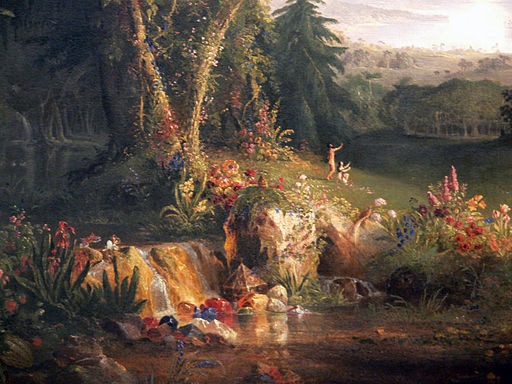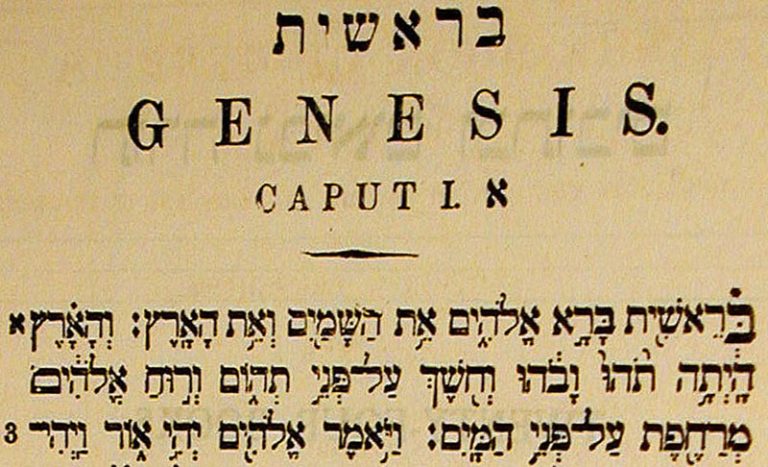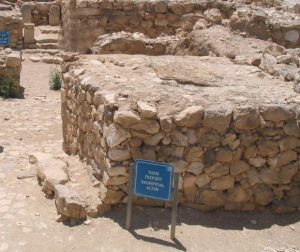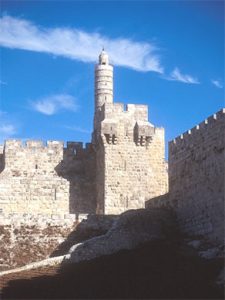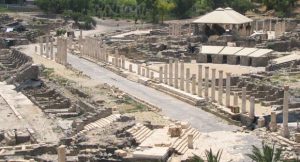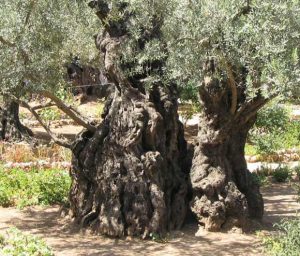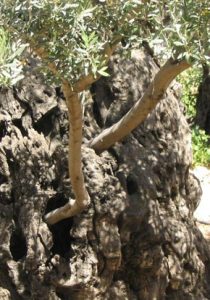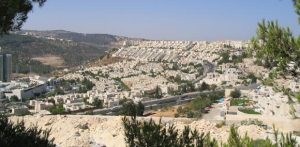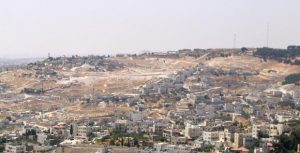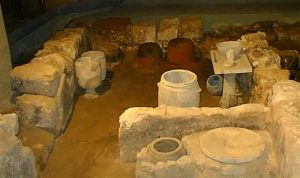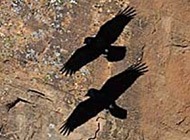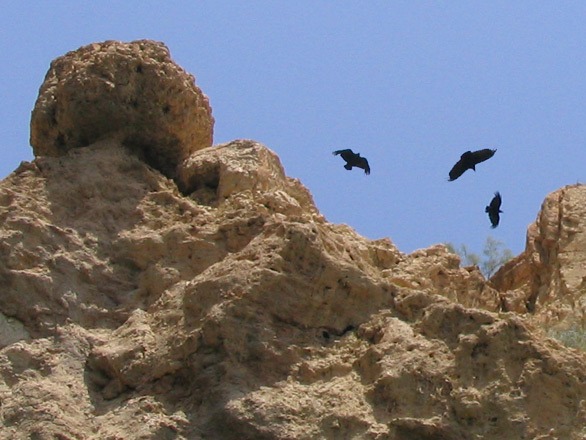by Lois Tverberg
God saw all that He had made, and behold, it was very good. And there was evening and there was morning, the sixth day. Thus the heavens and the earth were completed, and all their hosts. – Genesis 1:31-2:1
The creation story in Genesis teaches some revolutionary truths which are so basic that we can hardly think in any other terms. But, until Judaism and Christianity brought them to the world, they were not a part of mankind’s thinking. Not only are they important, they are wonderful news once you think about it!
The biblical account was utterly unique in comparison to all other ancient stories about creation, and the differences were a powerful challenge to the world-view of its time. Most creation myths 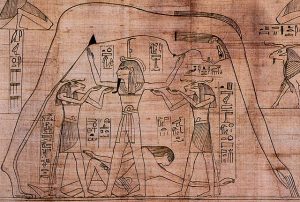 featured wars between human-like gods and goddesses. Through sex and violence, various parts of the creation were formed. According to these myths, the gods were limited in power and not at all interested in morality – just how to gain power over the other gods. They did not care about humanity, but instead created humans as slaves to serve their own desires. Humans were to appease these gods through magical incantations and religious ceremonies, but there was no moral standard – the goal of life was to survive by being quick-witted and devious. People saw the world as unpredictable and cruel, and didn’t see that their lives were meaningful in any way. Humans had no hope of anything beyond survival in a callous, immoral world.
featured wars between human-like gods and goddesses. Through sex and violence, various parts of the creation were formed. According to these myths, the gods were limited in power and not at all interested in morality – just how to gain power over the other gods. They did not care about humanity, but instead created humans as slaves to serve their own desires. Humans were to appease these gods through magical incantations and religious ceremonies, but there was no moral standard – the goal of life was to survive by being quick-witted and devious. People saw the world as unpredictable and cruel, and didn’t see that their lives were meaningful in any way. Humans had no hope of anything beyond survival in a callous, immoral world.
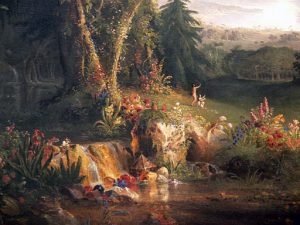 In contrast, the first few chapters of Genesis flip our thinking upside-down and offer tremendous hope. One eternal God created everything and is apart from creation. Because God is unique and all powerful, he can set a universal standard of ethics that applies to all humanity. He is the foundation of all good, created a good world, and is concerned about humanity. Man is uniquely precious to him – he was made from dust, but he alone received the breath of life from God himself. God made us in his image, and because of that, God is our “kinsman-redeemer” who is our protector and savior. What good news compared to the immoral, unconcerned pagan gods!
In contrast, the first few chapters of Genesis flip our thinking upside-down and offer tremendous hope. One eternal God created everything and is apart from creation. Because God is unique and all powerful, he can set a universal standard of ethics that applies to all humanity. He is the foundation of all good, created a good world, and is concerned about humanity. Man is uniquely precious to him – he was made from dust, but he alone received the breath of life from God himself. God made us in his image, and because of that, God is our “kinsman-redeemer” who is our protector and savior. What good news compared to the immoral, unconcerned pagan gods!
We hardly appreciate these truths that are important fundamentals even before we get to the story of Christ. But the Bible begins with good news, and it only gets better from there.
Photocred: British Museum

